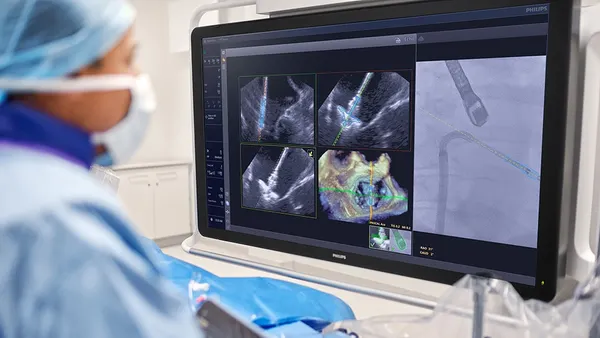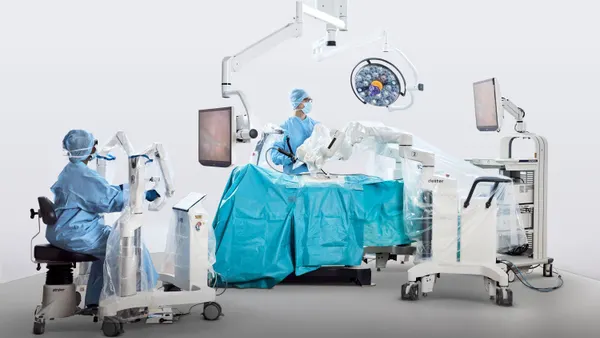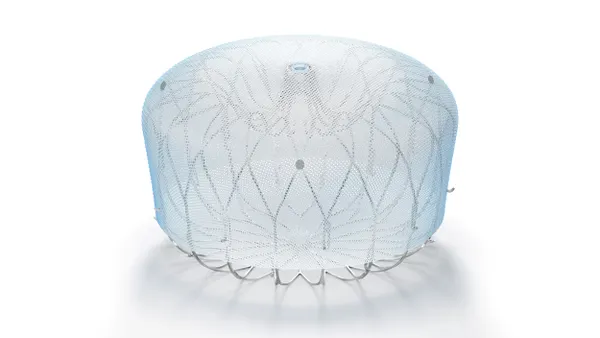Dive Brief:
- The Food and Drug Administration has taken steps to establish an active postmarket surveillance system to monitor medical device safety but has faced two key challenges, according to a recent government report.
- A Government Accountability Office (GAO) investigation, published Aug. 15, found the FDA plans to start active surveillance for two device types by December and expand the program over five years.
- However, FDA officials told the GAO limited use of unique device identifiers in electronic health records and billing claims and questions about how to fund the work have been key challenges.
Dive Insight:
Federal law adopted in 2012 requires the FDA to establish an active postmarket surveillance system for medical devices. Actively assessing sources of real-world evidence such as electronic health records, billing claims, pharmacy data and registries could accelerate the identification of safety issues and find problems that may otherwise go undetected.
The GAO review of the FDA’s efforts to establish an active surveillance system follows a series of high-profile product safety issues. In recent years, concerns about Philips’ sleep and respiratory devices, Medtronic’s heart pump and Allergan’s breast implants have shone a spotlight on the recall process. Lawmakers and patient advocates have repeatedly called for the FDA’s medical device recall and product safety system to be improved to better protect people.
Reps. Anna Eshoo, D-Calif., and Debbie Dingell, D-Mich., requested the GAO report on the FDA’s postmarket surveillance system. The federal watchdog has also taken up a congressional request from Sens. Richard Durbin, D-Ill., and Richard Blumenthal, D-Conn., to review the agency’s medical device recall process.
The GAO looked at documents and spoke to people from the agency, health systems, a research organization and associations representing patients, healthcare providers and device manufacturers. The resulting report describes what the FDA has done so far, the challenges that could impede progress and what the agency is doing to resolve the problems.
The GAO found the FDA has conducted three foundational activities for active postmarket surveillance. In partnership with the National Evaluation System for health Technology Coordinating Center (NESTcc), the FDA has organized collaborators to contribute data, built data infrastructure and used stakeholder expertise to plan an active surveillance system.
Building on the foundations, the FDA plans to start active surveillance of duodenoscopes and robotically assisted surgical devices used in gallbladder removal. NESTcc contracted a vendor for the monitoring in October and began talking to 14 potential data partners in February. As of April, one data partner had agreed to participate. FDA officials estimated active surveillance will begin by December.
The FDA plans to add four devices to the program each year, resulting in active surveillance of 18 or more medtech products by 2028. The agency wants to add data partners covering 10 million new patients in 2025 and 2026 and continue to expand the network as needed beyond that.
However, the FDA has faced challenges. The GAO found the limited use of unique device identifiers by healthcare providers and payers makes it harder to identify devices that patients use. Unique device identifiers are codes on product labels used by manufacturers to connect a specific medical device to a specific patient. Experts have advocated for their use in recalls and safety alerts so patients can more easily identify if a device they use or have been implanted with is included.
Device manufacturers now use unique device identifiers as required by a 2013 FDA final rule. Still, the GAO report states that the FDA lacks the authority to make providers capture identifiers in electronic health records or use them in billing. The GAO identified actions the FDA has taken to try to encourage adoption, such as “coordinating with federal entities and publishing a document advertising the benefits of use to health systems.”
Funding is the other challenge. The FDA estimates establishing and maintaining an active surveillance system will cost $8 million. The agency plans to allocate $5 million of its current annual appropriations to the project and asked Congress for an additional $3 million to cover the rest. However, the FDA did not receive the requested appropriations increase.
The FDA has continued to build the system, but officials told the GAO implementing active surveillance without additional funding would mean taking away from other postmarket priorities. The agency has advocated for medical device user fees to cover postmarket surveillance, the GAO said, but that is not likely to be allowed under current law and would require the FDA to work with industry and Congress.












